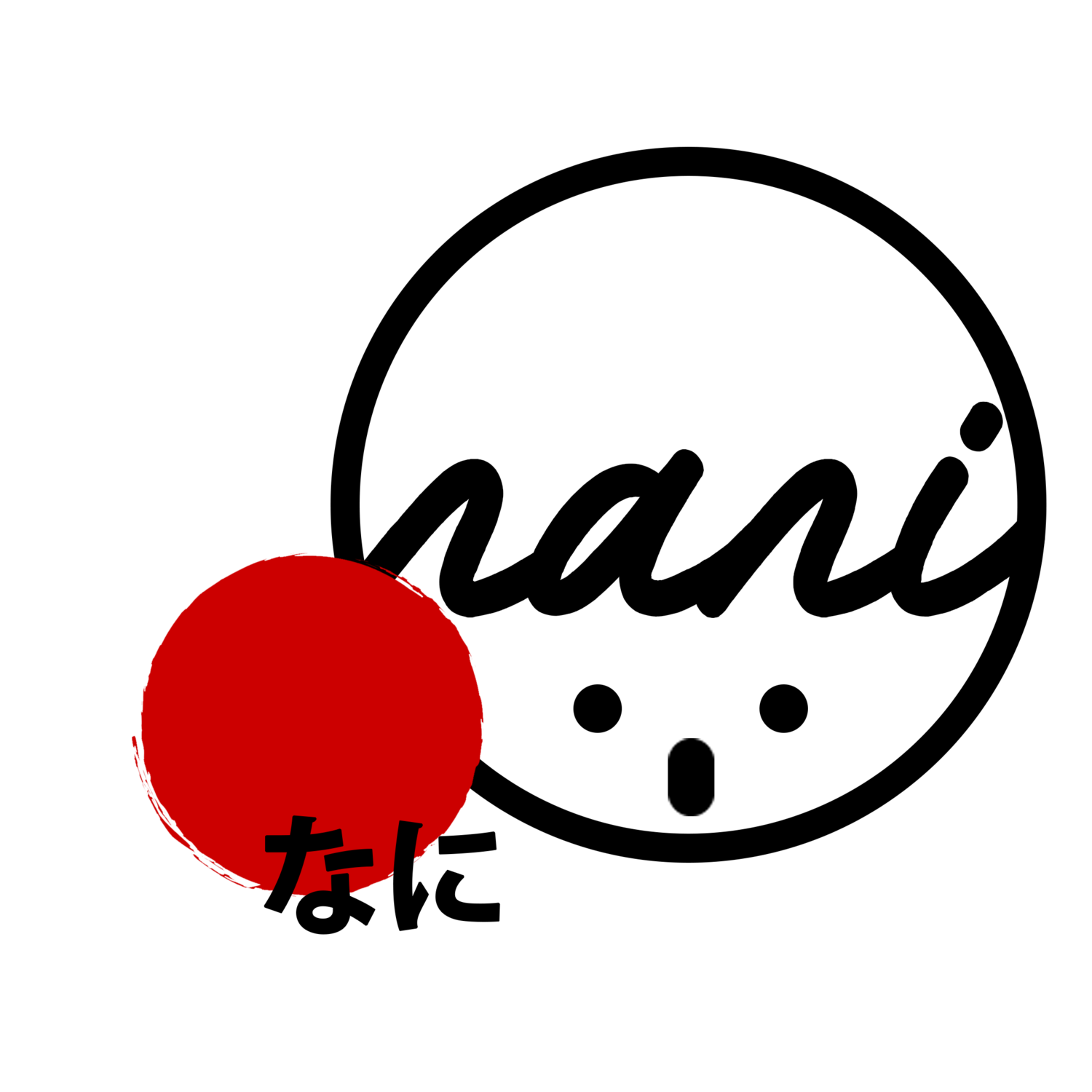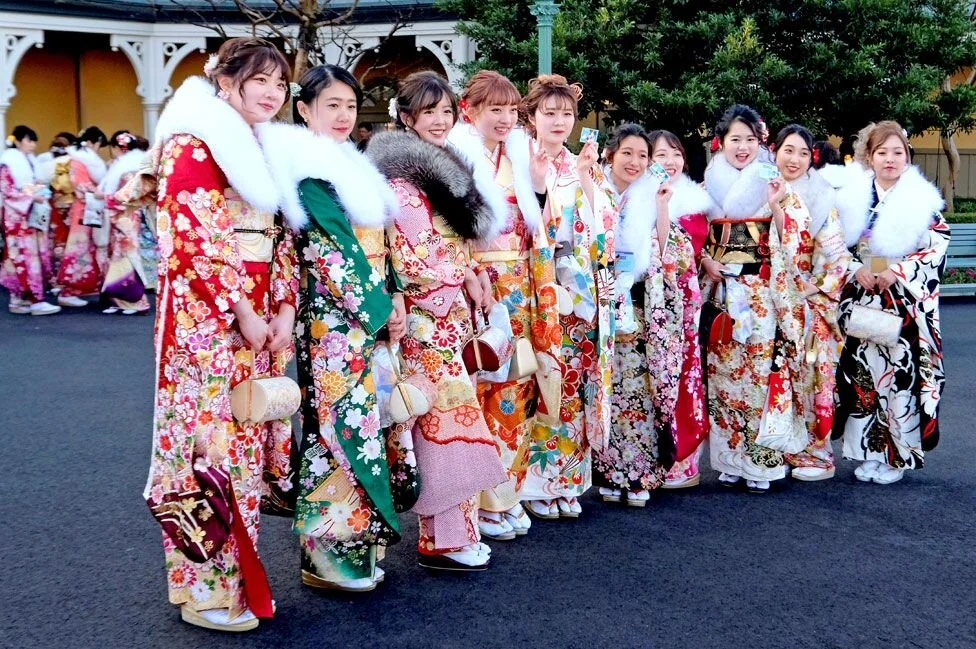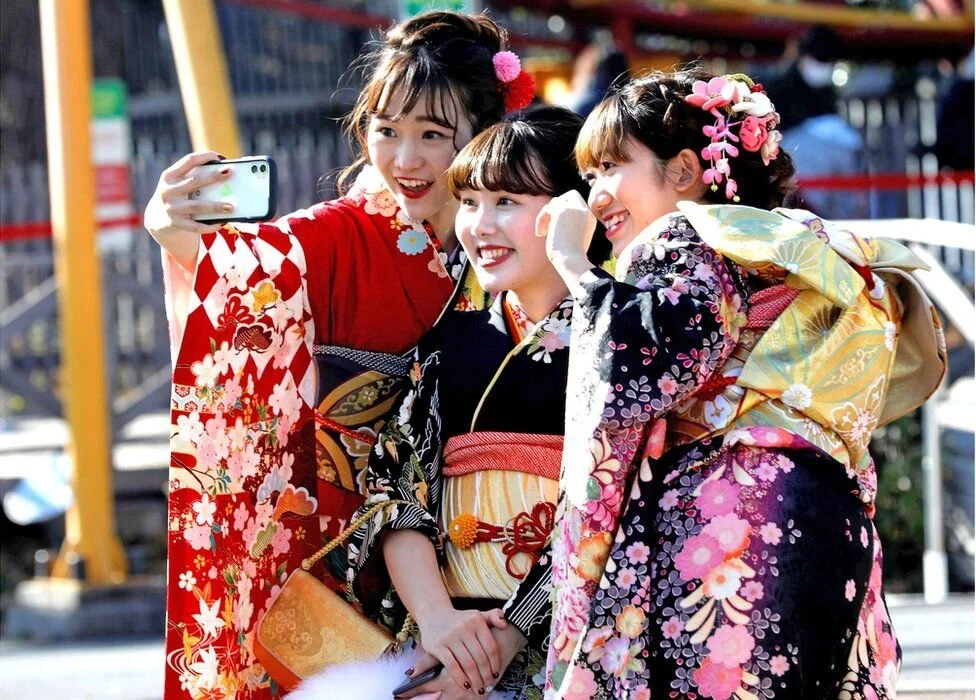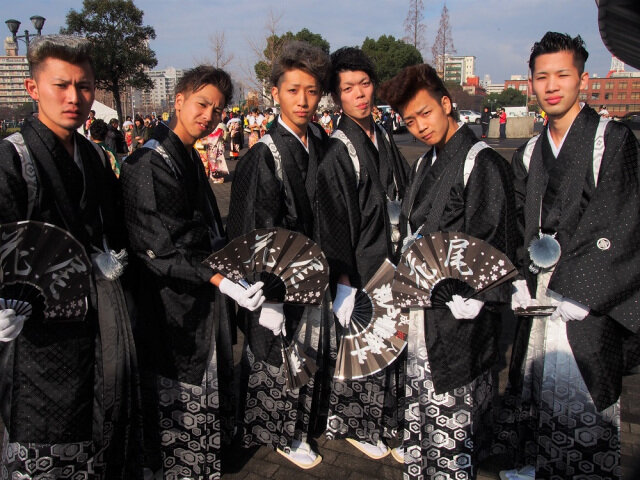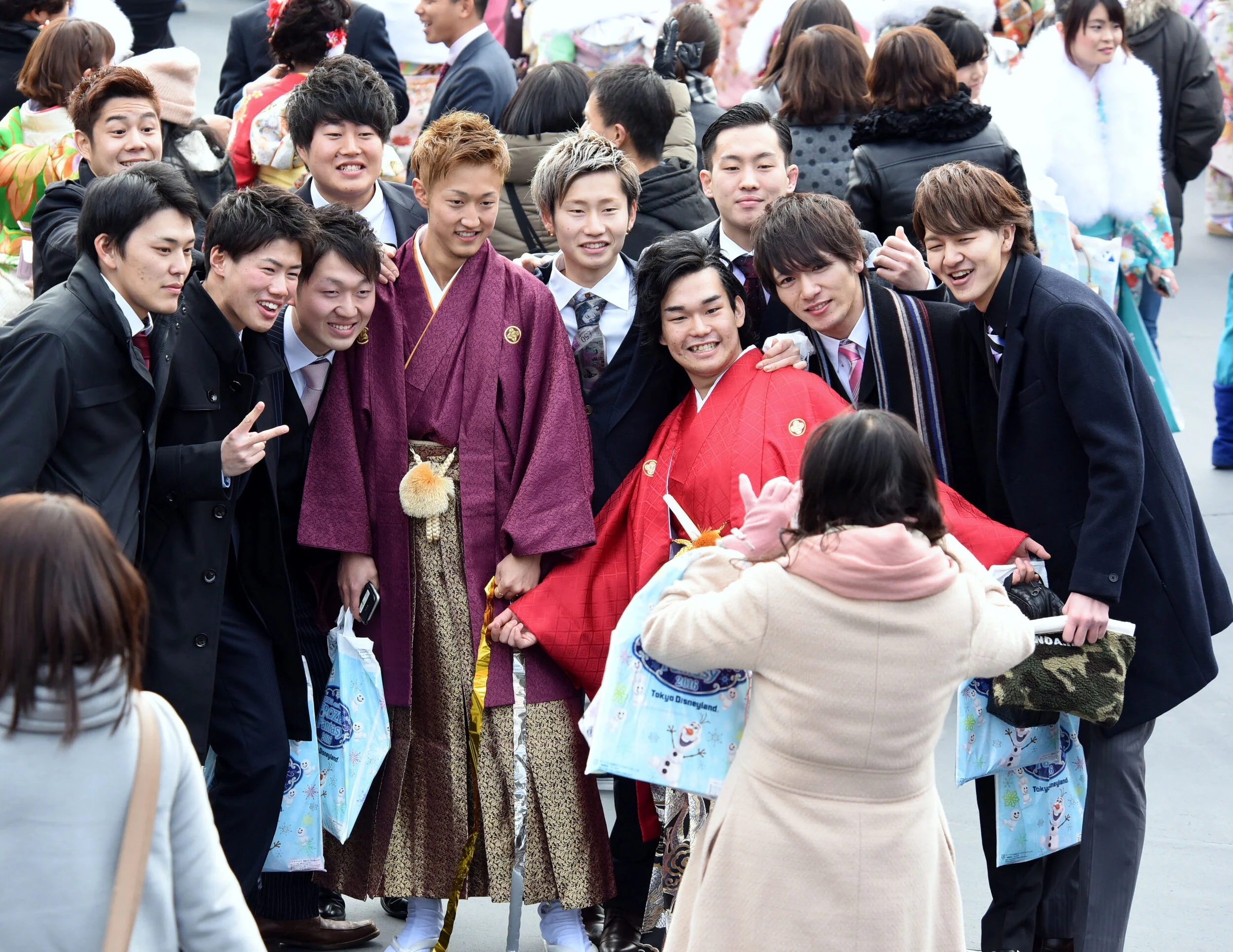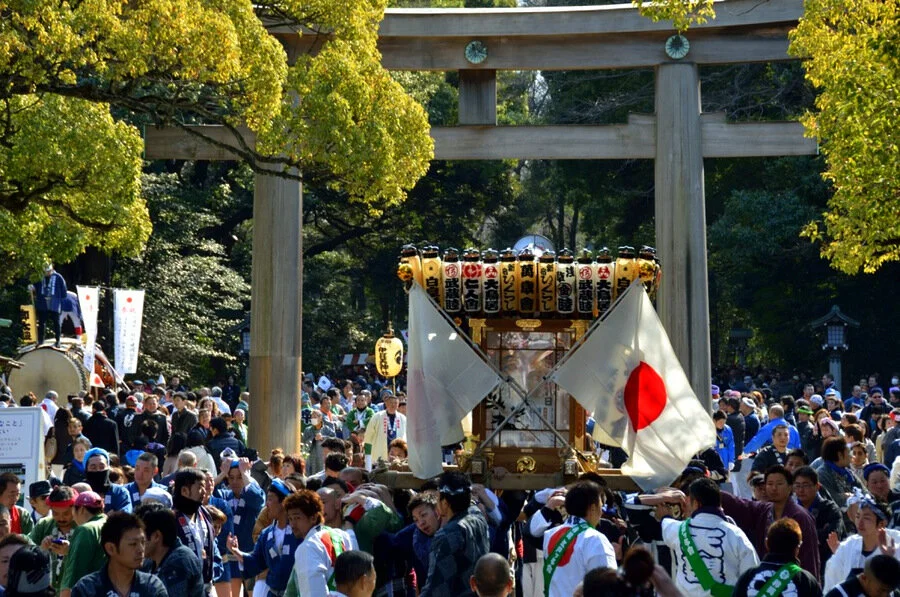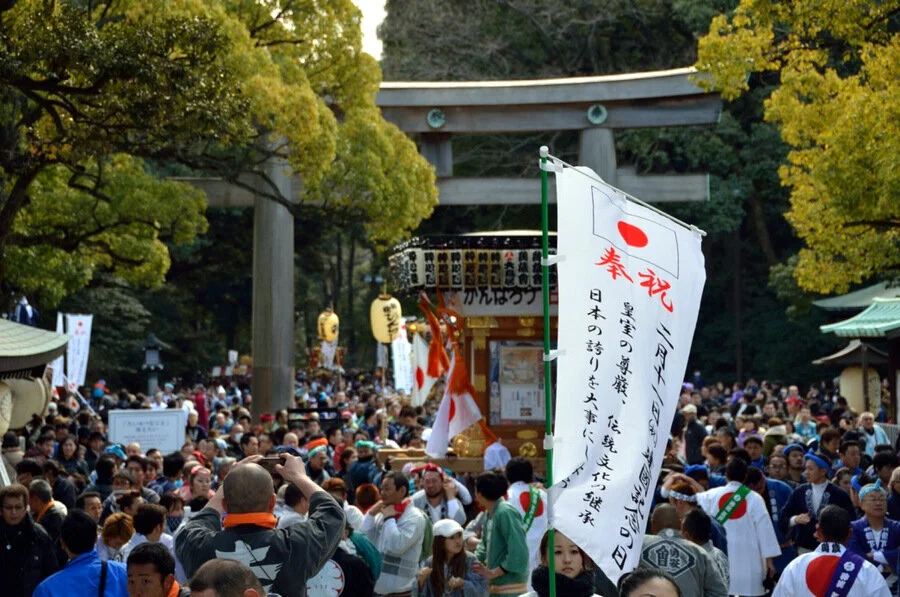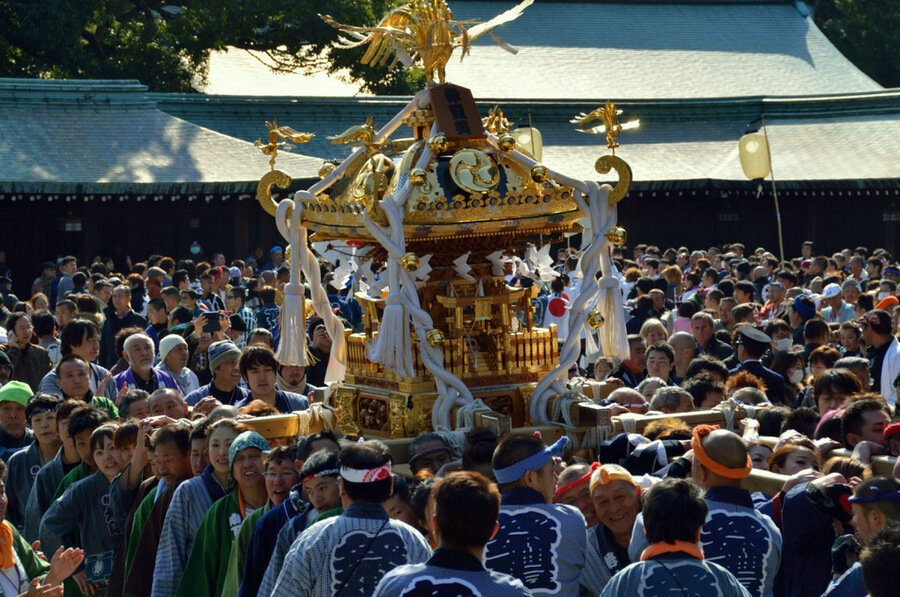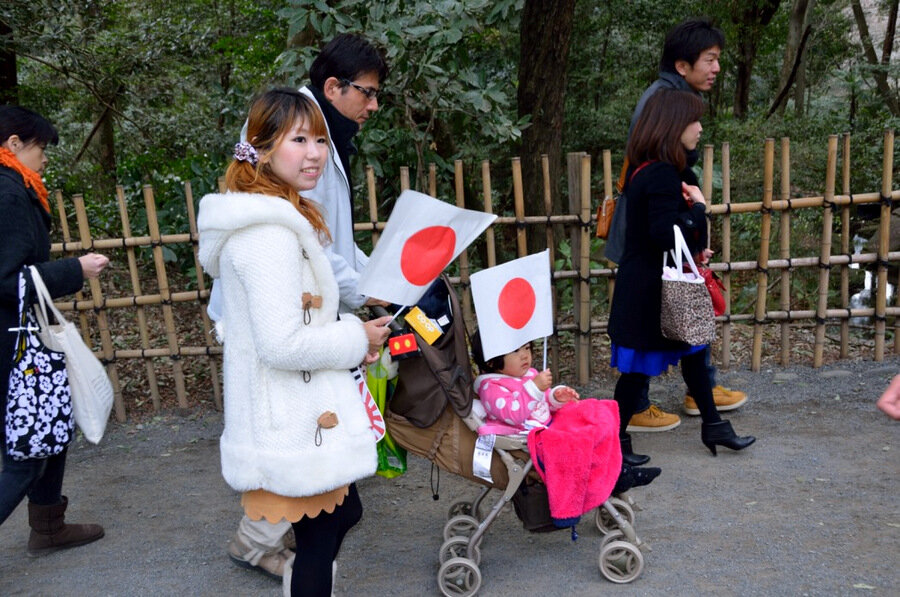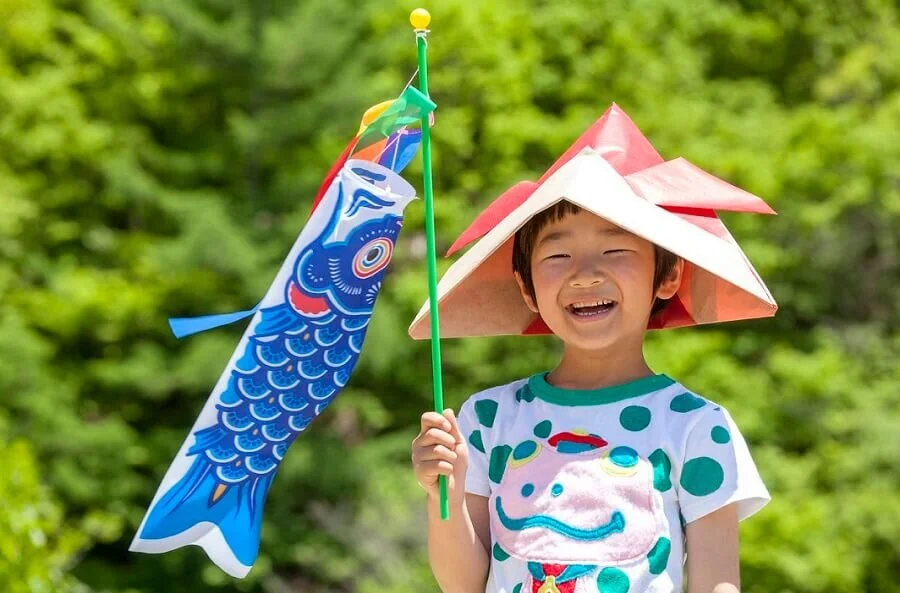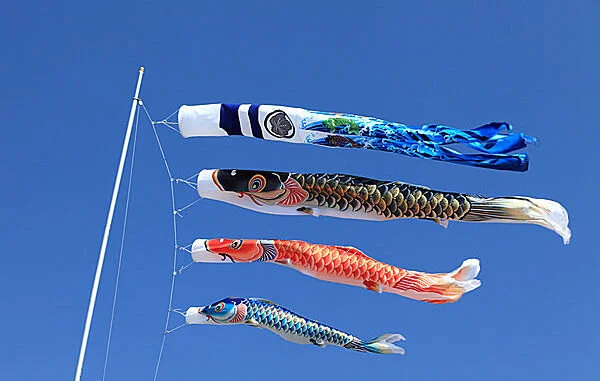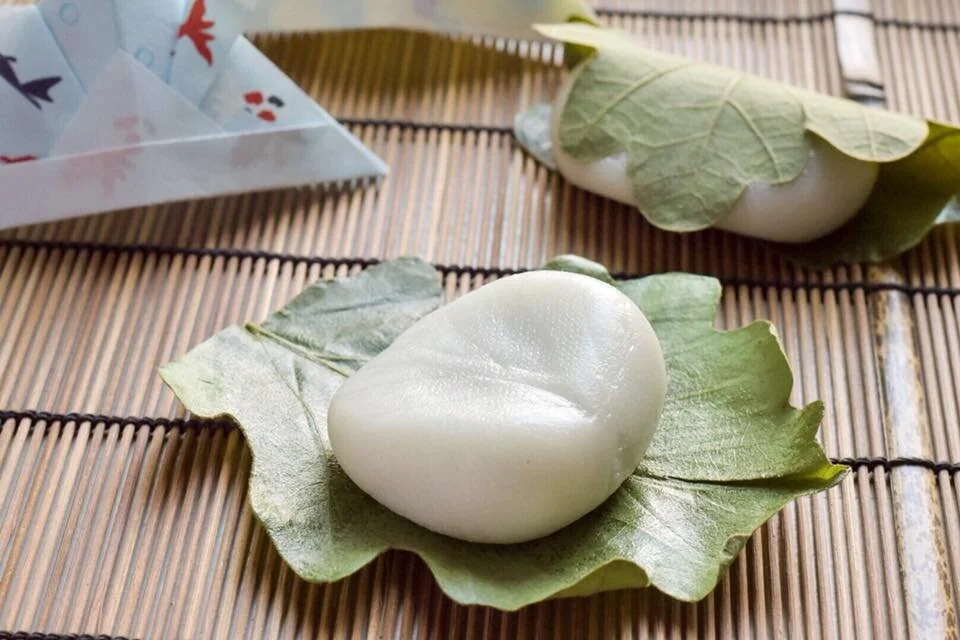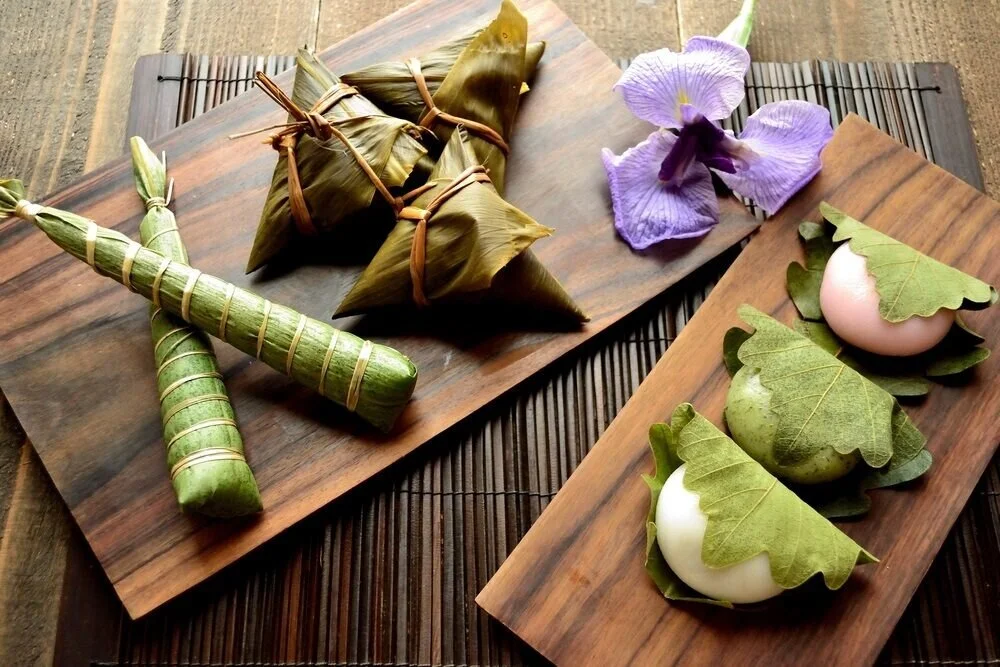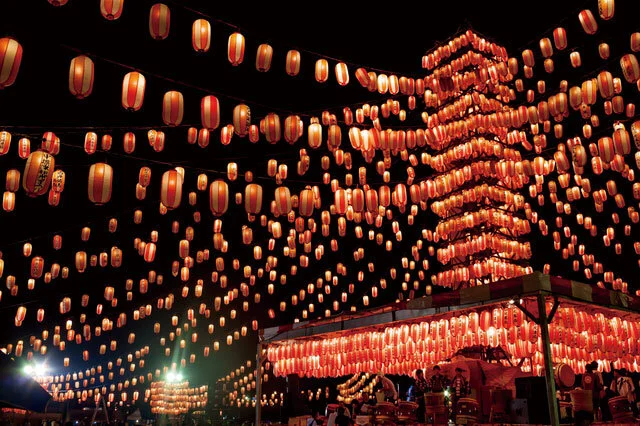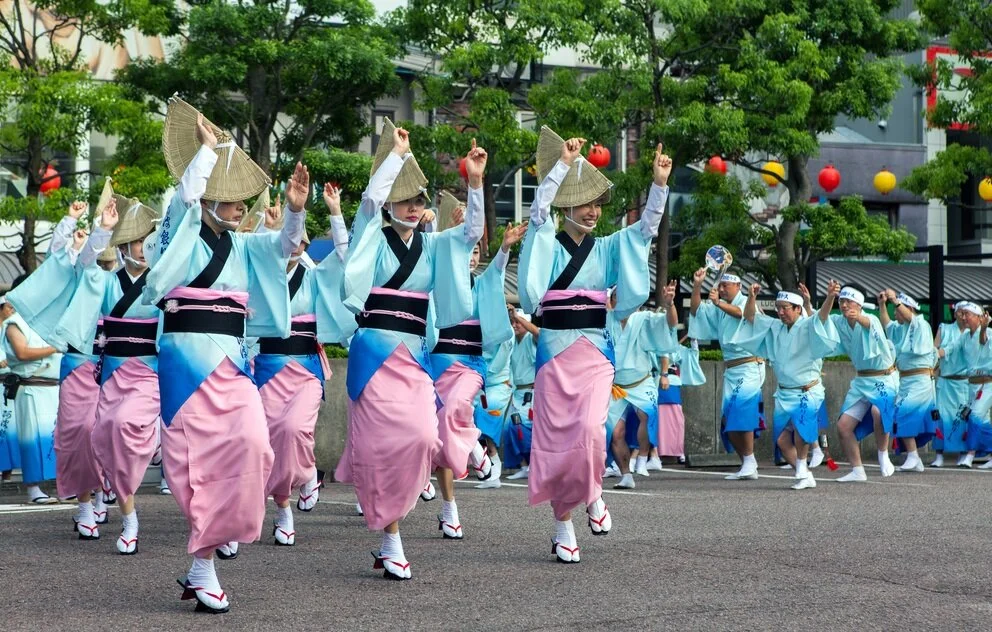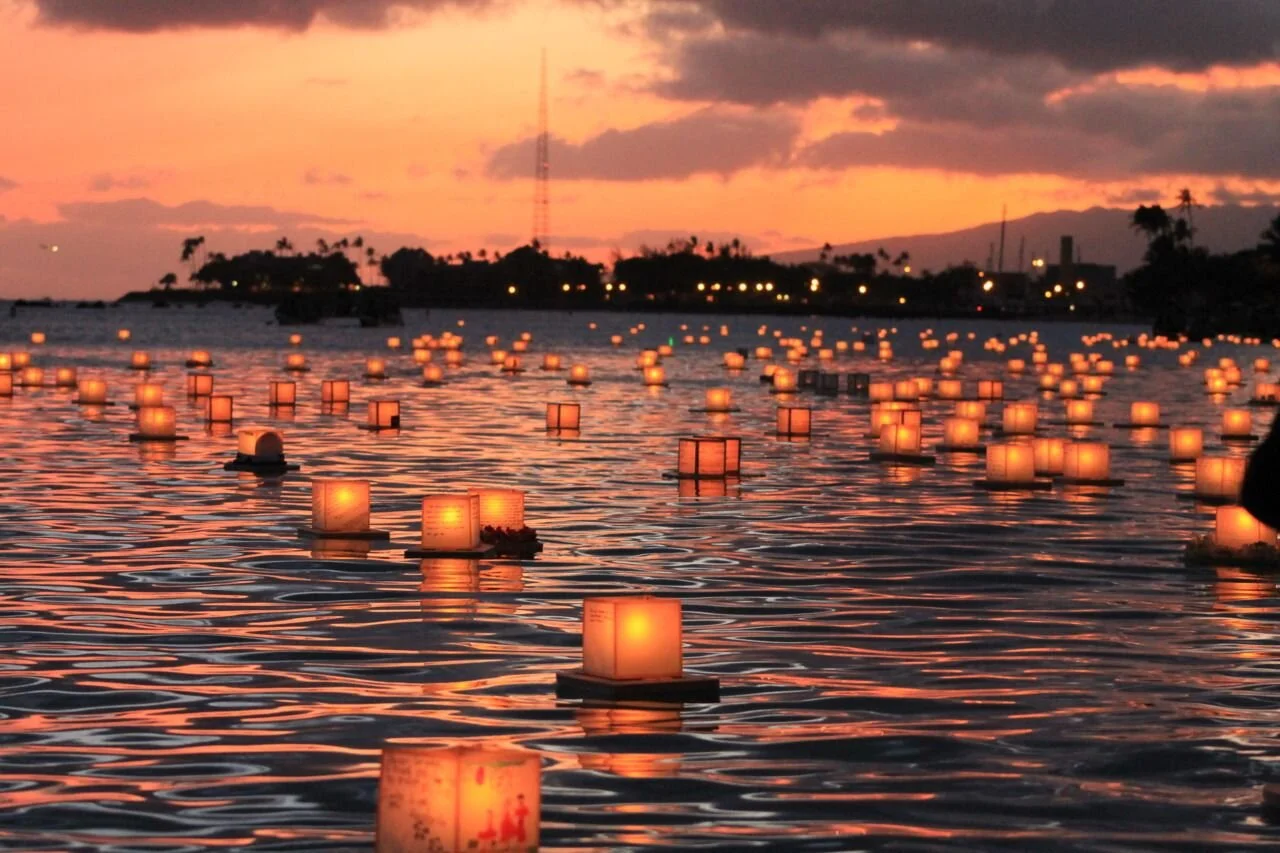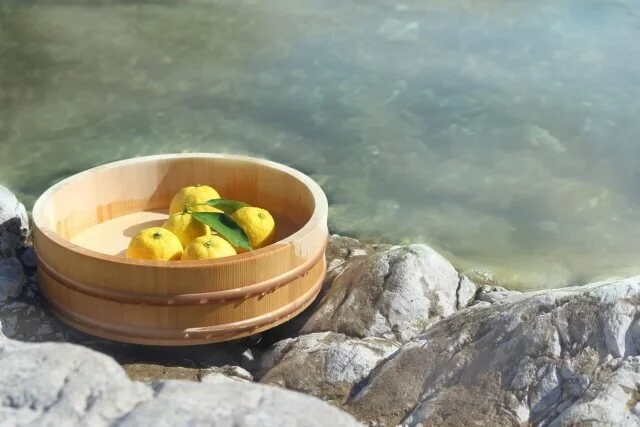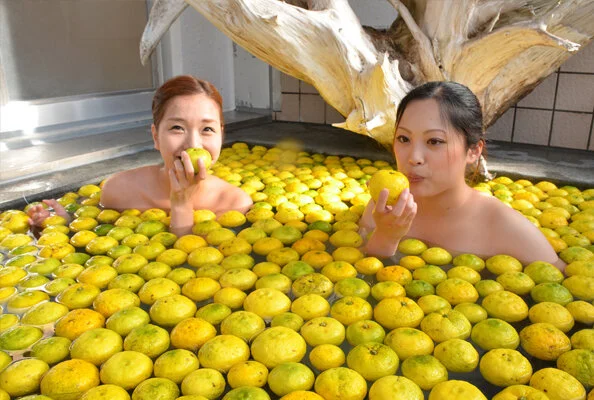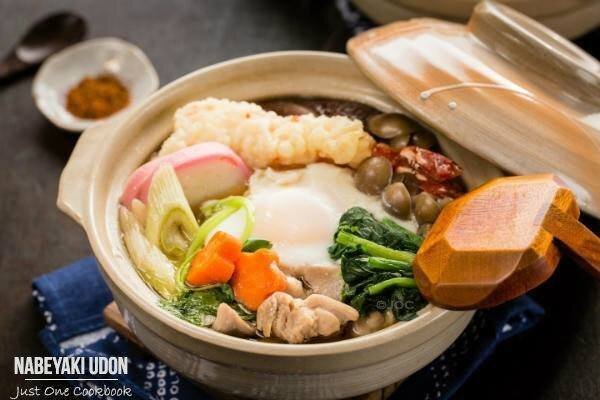5 Famous Japanese Cultural & Religious Festivals You Ought To Visit
From religious festivals (such as Chinese New Year or the Hungry Ghost Festival) to massive fiestas (such as National Day or the Singapore Art Festival), there are always different kinds of festivals in Singapore that we will always anticipate. Personally, one of my favourite festivals (and public holiday) would be Chinese New Year! Good food, new clothes, and money? Yes please!
The Japanese are no exception to extravagant festivals and holidays as well. Festivals in Japan are complete with food, games, and entertainment, and you will always find an event happening somewhere in Japan. I would like to speak for the majority of those who are as intrigued as me - what kind of festivals do the Japanese celebrate or practice? We have put together a list of some famous cultural and religious festivals throughout the entire year. Anytime you are visiting Japan, you will definitely have one you can head down to visit and enjoy!
Seijin no Hi — Coming of Age Day
Source: BBC News
Before COVID, it was pretty common to see your Instagram timeline flooded with pictures and videos of 21st birthday parties, typically held in hotel rooms, accompanied by a custom cake, multiple bottles of alcohol, and the popular gold/silver foil balloons spelling out “Happy 21st Birthday”.
21st birthdays mark a milestone for most people. It is the first step into adulthood and marks the beautiful end of their teenage years. In Japan, the equivalent of a 21st birthday bash is Seijin no Hi, known as the Coming of Age Day. The Japanese consider this day as their rite of passage.
Source: BBC News, SoraNews24 & The Japan Times
Seijin no Hi occurs on the second Monday of January, right after the New Year. It is held in order to congratulate those who have reached or will reach the age of maturity (in Japanese’s point of view, that age is 20 years old) between April 2 of the previous year and April 1 of the current year.
These soon-to-be adults would head down to the city halls or public spaces to celebrate the age of adulthood with their friends and family. Women would be dressed in colourful Kimonos or Furisode (A long-sleeved Kimono for unmarried women), while men will come in either in dark Kimonos with a Hakama or a Western-style suit.
The Coming of Age Day is considered a public holiday in Japan, and ceremonies are held across the country in city halls or other official centres. Attendees would receive huge media coverage and end this event by visiting a shrine to pray for good health. Once the day's activities are over, the newly celebrated adults would head to an Izakaya to celebrate the reach of their legal drinking age in Japan!
When is it celebrated?: Second Monday of January
Kenkoku Kinen no Hi — National Foundation Day
Source: JAPAN BY WEB
Japan is a rich country steeped with history and culture, which is celebrated each year during Kenkoku Kinen no Hi, or also known as National Foundation Day. This is very much like Singapore’s National Day that we celebrate every year!
National Foundation Day is an annual holiday to commemorate the founding of the country and is celebrated on February 11th, where the first Emperor of Japan was crowned. This day is also known as the “beginnings of Japanese history”, and was first celebrated during the Meiji Era!
Source: JAPAN BY WEB
If you are ever in Japan during National Foundation Day, don’t be surprised to see huge crowds waving the Japanese flag along the streets! Head down to Omotesando Dori to be part of the National Foundation Day parade where you can watch patriots wave flags and carry the Mikoshi (Portable shrines) to Meiji Jingu Shrine, and hundreds of spectators come together to pay homage to the country’s rich history and culture.
When is it celebrated?: February 11th
Kodomo no Hi — Children’s Day
Source: Oriental Souls
I don’t know about you, but I’ve always looked forward to children’s day while growing up. Mainly because we could skip out on lessons, and the teachers would always organise a little show and hand out goodie bags for everyone. There is nothing funnier than watching your strict Math teacher dancing to the latest pop hits on stage!
However, Children’s Day in Japan isn’t accompanied by teachers acting out to a skit or dancing on stage. Children’s Day in Japan is considered a national holiday, and is celebrated with seasonal delicacies instead!
Source: Hisgo, Hey Nihon!, UWAJIMAYA
On this day, families raise the Koinobori, which are carp-shaped windsocks. The black carp represents the father, a red or pink carp represents the mother and a blue carp represents the child.
The national holiday has been a day of celebration in Japan since ancient times, where families gather to appreciate the healthy growth and happiness of their children. The day is set aside to appreciate their innocence and the importance of a good childhood!
They celebrate the day by eating seasonal delicacies such as Kashiwa Mochi, a sweet Japanese treat wrapped in oak (Kashiwa) leaf! As well as Chimaki, which reminds me of the traditional Chinese dumplings we often see around Dragon Boat Festival (端午节 — Duan-Wu-Jie).
Fun fact: The holiday was originally known as Tango no Sekku, known as Boy’s Day. Girls would celebrate Hinamatsuri, before the government changed the official name to Children’s Day in 1948 to celebrate both boys and girls!
When is it celebrated?: 5th May
Obon Matsuri — Bon Festival
Source: Rithvik Shyam
It is quite common to see Buddhist & Taoist followers celebrating 中元 (Chung-Yuan), or more commonly known as the Hungry Ghost Festival in recent years. Hungry Ghost Festival traditionally takes place during the 7th lunar month every year, and it is believed that the spirits of the deceased would from return from heaven and hell to visit their living descendants.
As Singaporean Buddhists practice this festival, so do the Japanese! Throughout the month, activities like burning incense and joss paper, and offering food are repeatedly seen. During this period, the deceased are perceived as still living and will receive specially cooked meals from their descendants.
The Japanese also have a similar practice, where the spirits of the deceased would return from the dead to visit their living relatives for 3 days a year.
Source: Pinterest, Hatena Blog, Fodors
Obon Matsuri, is a 3-day festival where major cities are lighted up with glowing lanterns, due to the belief that lanterns can guide the departed spirits back to their families. Offerings are put out in front of altars, temples, and grave sites, and many people would also visit grave sites to clean up and wash the grave markers of their families, similar to Qingming Festival!
Much like the Getai’s in Singapore during the Hungry Ghost Festival, the Obon Matsuri is held. Dances and performances are put up by the participants to honour and entertain the dead. The bon odori is performed during the festival, a traditional dance to honour those who has passed. At the end of the 3 day festival, fires and lanterns are put out to send the spirits back to where they came from, and the lanterns are released to represent the souls of the departed.
Fun fact: Each region in Japan has a different version of bon odori!
When is it celebrated?: August 13th - August 16th 2021
Tōji — Winter Solstice
Source: WAttention
While Winter Solstice isn’t a national holiday in Singapore, it is quite common to see many families celebrating it. Winter Solstice means “the sun stands still”, usually marking the day where the sun is at its lowest point at noon. It is also rooted in the Chinese philosophy of Ying & Yang, and symbolises the passing of the “Yang” and the beginning of “Yin”. Most Japanese take the day to pray for good health before the approaching winter!
Source: Yuzu and Forest Railway, Go In Japaneseque, Just One Cookbook
A common Tōji custom would be to take a yuzu bath. Yuzu is known for its cleansing and healing properties, and it also symbolises good luck! It is widely believed that taking a yuzu bath during the winter solstice is a good way to keep yourself healthy and to ward off any bad spirits. However, if you are stuck in Singapore like me, try adding a few whole yuzus, or a few drops of yuzu essential oil into your hot bath to experience the Japanese culture!
The Japanese also like to enjoy Kabocha (Japanese pumpkin) and Unmori (Auspicious Japanese vegetables) during the winter solstice. The tradition stems from the olden days when food was scarce during the winter. Kabocha squash and certain root vegetables were the only few crops that remained unaffected by the cold. As a result, Kabocha is seen as a good luck symbol, and the assorted root vegetables are eaten as a way to keep healthy in preparation for winter.
Fun fact: Vegetables and foods such as daikon radish, carrots, lotus roots, and udon noodles are eaten during Tōji as the Japanese pronunciation of these vegetables is auspicious sounding!
When is it celebrated?: 22nd December 2021
If you enjoy such reads, check out our similar articles!
5 Anime Films Loved & Recommended By The Japanese
Japanese New Year お正月 and Chinese New Year 新年 - Similarities and Differences
Try (Your Coffin & Burial Clothes!) Before You Die: Japan’s Shukatsu Festival
Fun (Fried) Fact About Celebrating Christmas Eve with KFC In Japan
